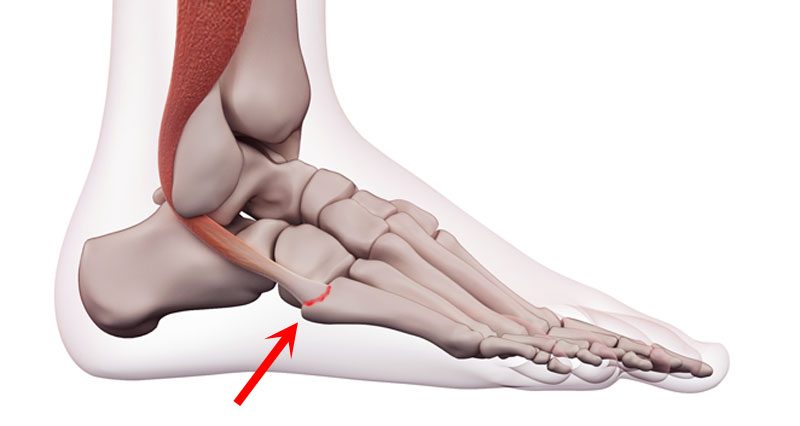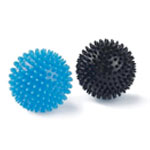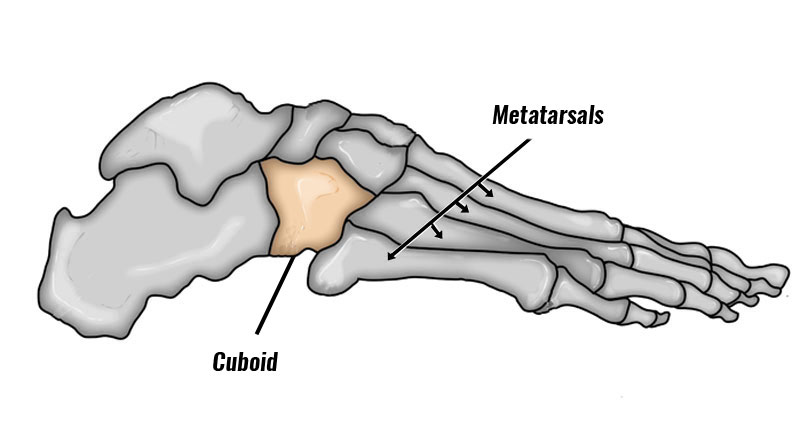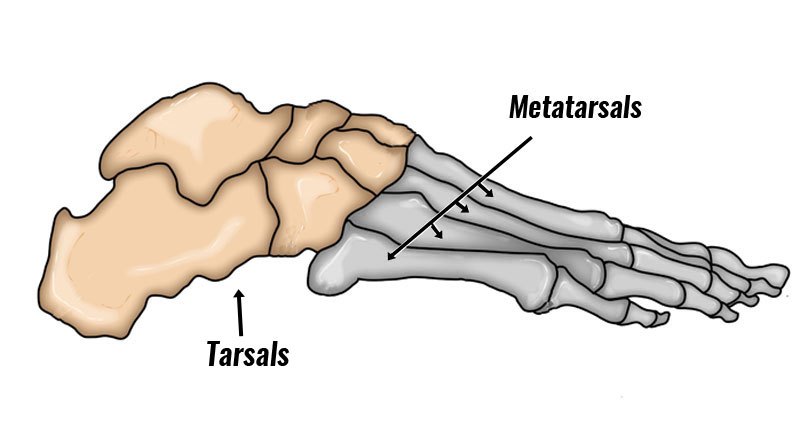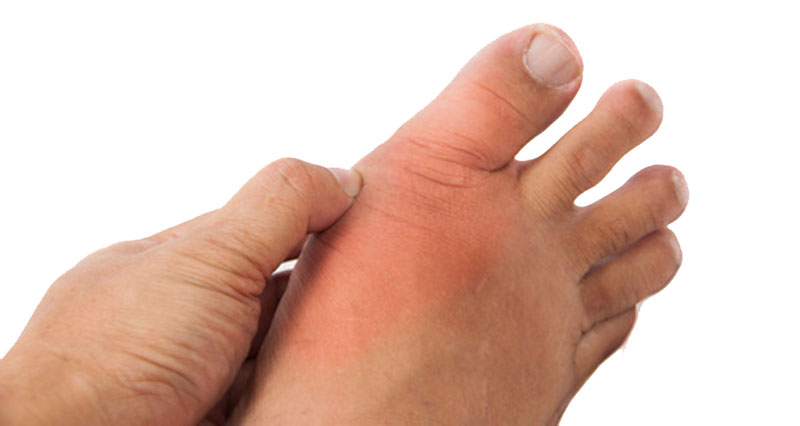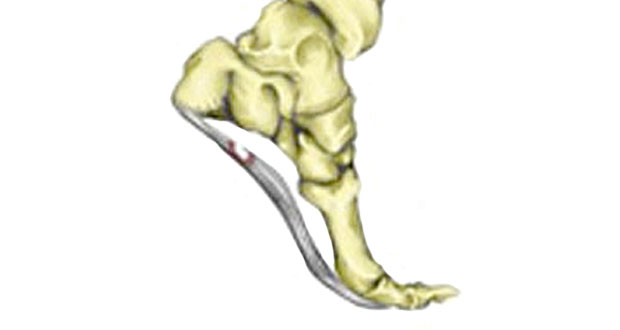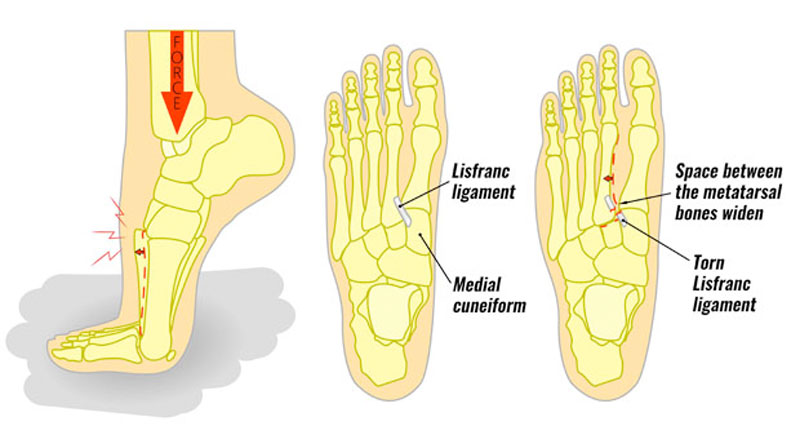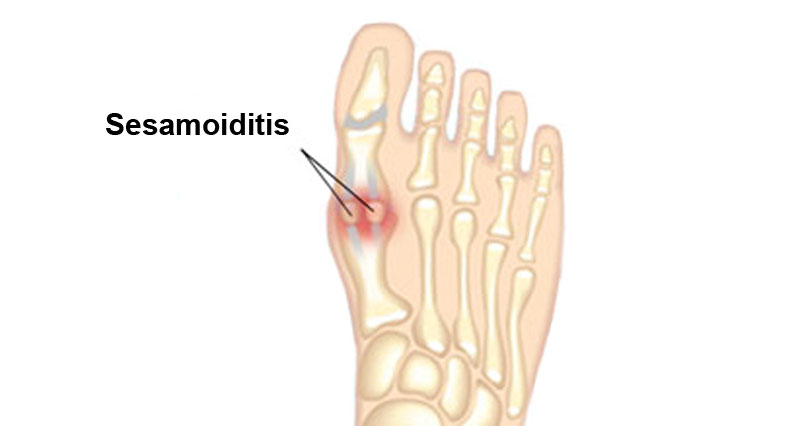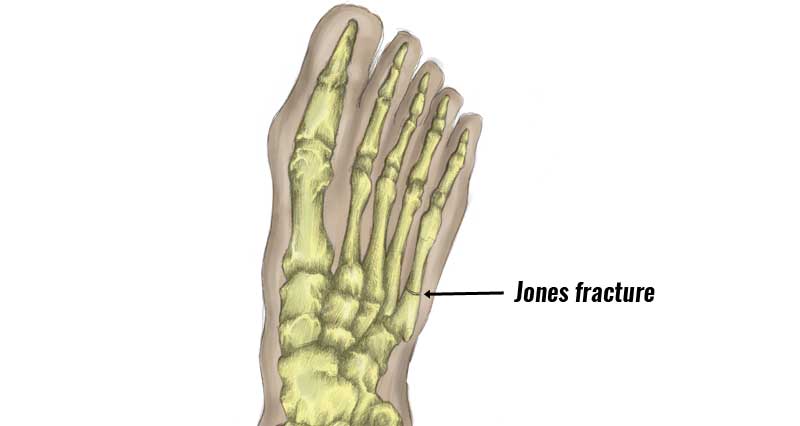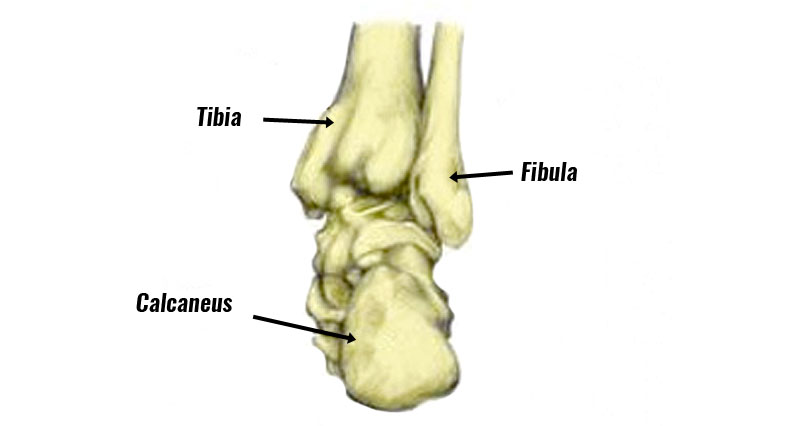A Peroneal tendon tear is a strain of one of the tendons of the Peroneus muscles. The most common is a brevis tendon strain (tear) at the point it attaches to the outside of the foot. It usually occurs suddenly resulting in pain, specifically on the outside of the foot.
Medically reviewed by Dr Chaminda Goonetilleke, 4th Jan. 2022
Peroneal tendon tear symptoms & tests
Symptoms of a peroneus brevis tendon tear include:
- Pain on the outside of your foot, specifically over the prominent bony part on the outside of the forefoot.
- Pain will most likely come on suddenly after a twisted ankle, or sudden forced movement of the ankle.
- You may have bruising and swelling and the foot.
- Walking will be painful.
Assessment tests
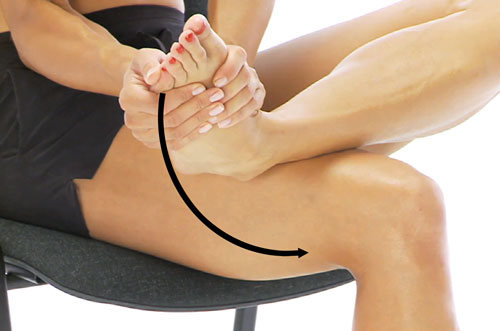
Pain is worse when stressing the peroneal tendon. Therefore, to test if you have a peroneal tendon tear, turn your foot outwards against resistance. In other words, stretch the peroneal muscles then attempt to turn your foot back straight again. If it is painful either with just stretching or when applying load then the test is positive.
What is a Peroneus brevis tendon strain?
A Peroneus brevis tendon strain is a tear of the peroneal tendon at the point it attaches to the outside of your foot.
Anatomy
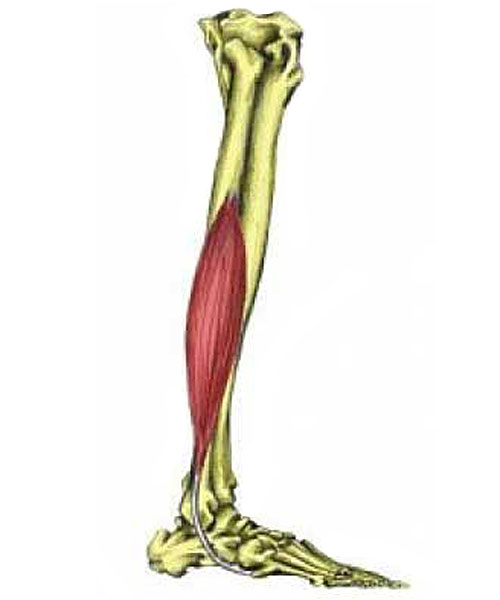
The peroneus brevis muscle runs down the outside of the lower leg and attaches to the foot.
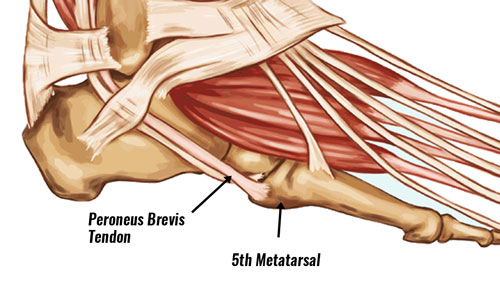
The shorter peroneus brevis muscle attaches to the outside of the foot, specifically at the base of the 5th metatarsal (long foot bone).
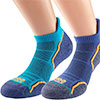
Technical Running Socks
The end of the fifth metatarsal bone feels like a bony prominence on the outside of your foot. When the muscle contracts, your foot everts (turns outwards) and plantar flexes (points the foot down).
Avulsion fracture of the 5th metatarsal
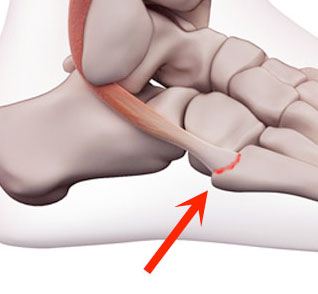
If your injury has occurred suddenly then you may either have a simple tear of the tendon. Or you may have an avulsion strain (fracture).
An avulsion strain occurs when the tendon tears, pulling a small piece of the bone with it. This should not be confused with a Jones fracture, which is also a break near the end of the 5th metatarsal bone.
A tear of the tendon can also be either a partial or a complete rupture. Most tears are actually longitudinal. This means they tear along the length of the tendon, rather than across it.
What causes a peroneus brevis tendon strain?
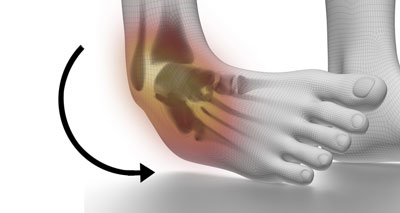
Peroneal tendon ruptures usually happen following a traumatic event, such as an ankle sprain.
As your foot inverts (turns inwards) it can overstretch your muscle. As a result, the tendon tears.
The peroneus brevis muscle can get very tight in runners, especially those who run a lot on roads. If the muscle is tight, then this means over-stretching of the muscle-tendon unit is more likely to occur.
Treatment of Peroneal tendon tear
Ice/cold therapy
Apply ice or cold therapy as soon as possible after injury. Ice can be applied for 10 minutes every hour and reduce the frequency as required, although a minimum of 3 times a day is often recommended.
This will reduce pain and inflammation and help limit swelling, which may delay the healing process. Ice should not be applied directly to the skin but in a wet tea towel, or use a commercially available hot and cold pack.
Rest
Rest for at least 48 hours after injury, or until the acute phase has passed. Continuing to limp about on your foot will only delay recovery.
Immobilization
For a severe tendon strain or an avulsion strain, a plaster cast may be used if necessary while the injury properly heals. For mild injuries, an ankle brace/support helps protect your foot.
Professional advice
See a sports injury professional who can make an accurate diagnosis and hopefully rule out an avulsion fracture. An avulsion fracture is where the tendon has come away from the bone and possibly pulled a piece of the bone with it.
Medication
A doctor may prescribe anti-inflammatory medication such as ibuprofen, which may help reduce pain and inflammation in the early stages. Do not take ibuprofen if you have asthma and always check with a doctor before taking any medication.
Electrotherapy
Ultrasound or laser treatment may also reduce pain, and inflammation and stimulate the healing process.
Peroneal tendon tear exercises
After the acute stage has passed and pain allows, begin rehabilitation exercises. These should start with very gentle stretching, but only if exercises can be done without any pain during, after, or the following day.
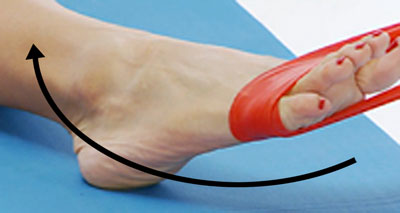
Once the foot has healed, a full foot and ankle rehabilitation program should be done. Exercises will be similar to those of a sprained ankle
Initially, isometric, or static exercises can be done with a therapist or partner providing resistance. Turn your foot outwards against a resistance band to specifically strengthen the peroneal muscles.
